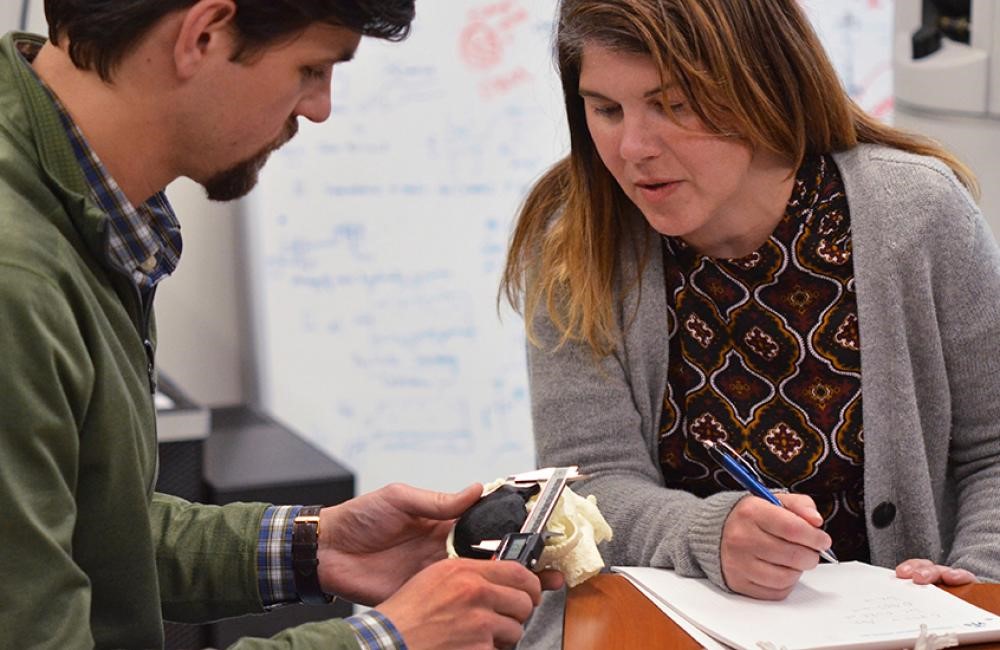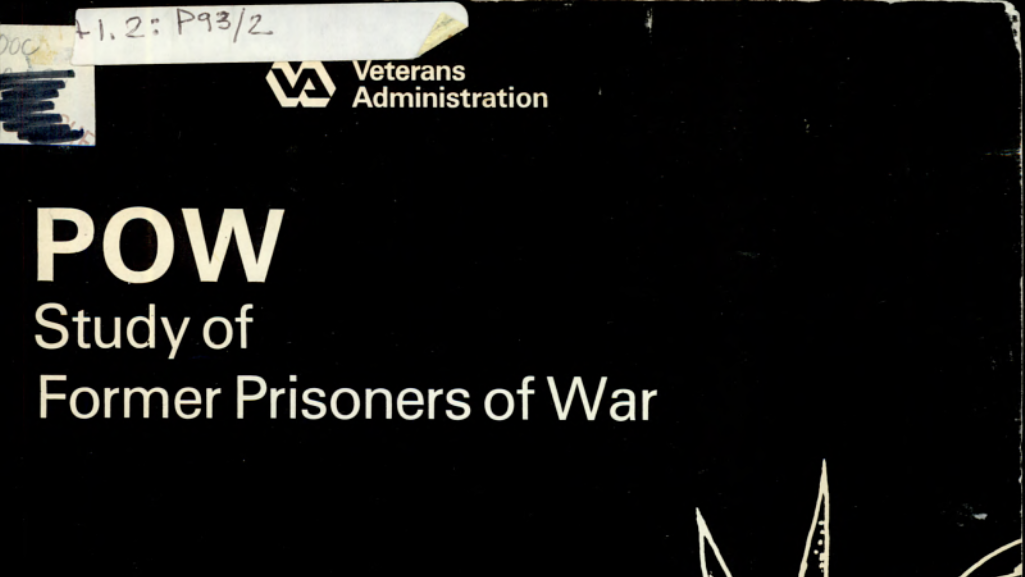In early 2019, the VA Medical Center (VAMC) in Seattle, Washington, made a breakthrough. A pending surgical procedure called for the removal of a tumor from a Veteran’s kidney, complicated by a unique congenital configuration of the veins and arteries. The surgical team needed to assess the best approach to minimize the risk of catastrophic blood loss while removing the tumor.
The solution to this complex medical problem was not an implant, device, or medication, but an innovative pre-surgical collaboration and 3D printing technology. Working together for the first time, the surgical and medical imagery teams and the 3D printing specialist produced an exact model of the patient’s kidney. In a 2019 article, Dr. Beth A. Ripley, a VA radiologist and Deputy Chief Officer of Diagnostic Imaging Services at the Seattle VAMC, described how the process worked:
First, a physician uses software to trace out the important anatomy on each image slice. Next, those traces are stitched together into a digital three-dimensional blueprint of the anatomy. Finally, this digital 3D blueprint is sent to a 3D printer, where the anatomy is physically reconstructed to scale. The end result is a near-perfect replica of the patient’s anatomy which the surgeon or patient can hold in their hands and inspect from all angles.
The medical staff used the finished product both to explain the procedure to the patient and as a planning tool for themselves. The ability to examine the 3D model prior to surgery saved time and operating costs, reduced risk for the patient, and, ultimately, led to a successful outcome. The tumor was removed and the patient made a full recovery.

VHA’s integrated 3D printing network has steadily expanded since it was launched at VA’s Puget Sound Healthcare System in January 2017. By 2020, the number of VHA medical facilities that possessed 3D printing capabilities had grown to thirty. The printing of 3D models has also branched out beyond kidneys and been applied to treat many different conditions. In one case, a model created to plan hip surgery for an amputee showed it would too risky and the operation was cancelled. The technology has been used for non-surgical purposes as well, such as printing customized hand braces that allow an exact match when replacing an existing worn brace.
While 3D printed items may not fit the textbook definition of historical artifacts, the 3D tumor contributes to our understanding of the history of medical innovation in VA. The contemporary nature of the object also highlights the importance of preserving certain seminal artifacts in “real time” before they would otherwise be lost, discarded, or tucked away in a closet as curiosities.
Working with VHA officials, the VA History Office obtained the 3D tumor in September 2021 and brought it to the National VA History Center’s temporary storage site in Dayton, Ohio, for safekeeping. The 3D tumor joins the growing collection of medical devices developed by VA researchers that have benefited Veterans and improved patient care and treatment worldwide.
By Michael Visconage
Chief Historian, Department of Veterans Affairs
Share this story
Related Stories
History of VA in 100 Objects
In the 19th century, the federal government left the manufacture and distribution of prosthetic limbs for disabled Veterans to private enterprise. The experience of fighting two world wars in the first half of the 20th century led to a reversal in this policy.
In the interwar era, first the Veterans Bureau and then the Veterans Administration assumed responsibility for providing replacement limbs and medical care to Veterans.
In recent decades, another federal agency, the Defense Advanced Research Project Agency (DARPA), has joined VA as a supporter of cutting-edge research into artificial limb technology. DARPA’s efforts were spurred by the spike in traumatic injuries resulting from the emergence of improvised explosive devices as the insurgent’s weapon of choice in Iraq in 2003-04.
Out of that effort came the LUKE/DEKA prosthetic limb, named after the main character from "Star Wars."
History of VA in 100 Objects
American prisoners of war from World War II, Korea, and Vietnam faced starvation, torture, forced labor, and other abuses at the hands of their captors. For those that returned home, their experiences in captivity often had long-lasting impacts on their physical and mental health. Over the decades, the U.S. government sought to address their specific needs through legislation conferring special benefits on former prisoners of war.
In 1978, five years after the United States withdrew the last of its combat troops from South Vietnam, Congress mandated VA carry out a thorough study of the disability and medical needs of former prisoners of war. In consultation with the Secretary of Defense, VA completed the study in 14 months and published its findings in early 1980. Like previous investigations in the 1950s, the study confirmed that former prisoners of war had higher rates of service-connected disabilities.
History of VA in 100 Objects
In the waning days of World War I, French sailors from three visiting allied warships marched through New York in a Liberty Loan Parade. The timing was unfortunate as the second wave of the influenza pandemic was spreading in the U.S. By January, 25 of French sailors died from the virus.
These men were later buried at the Cypress Hills National Cemetery and later a 12-foot granite cross monument, the French Cross, was dedicated in 1920 on Armistice Day. This event later influenced changes to burial laws that opened up availability of allied service members and U.S. citizens who served in foreign armies in the war against Germany and Austrian empires.







